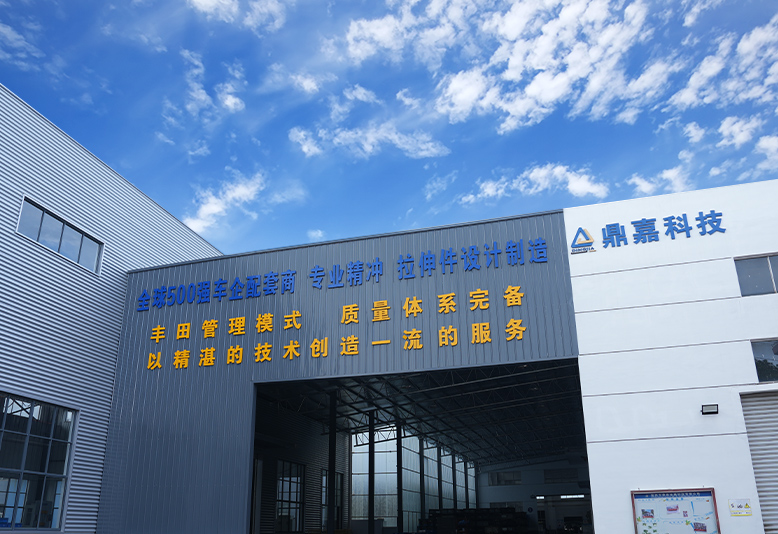Heat Treatment Techniques to Improve Strength and Durability of Ferrous Metal Stamping Parts
In the manufacturing of ferrous metal stamping parts, achieving the right balance between formability during production and mechanical performance in the final product often requires more than just precision tooling—it demands smart post-processing, particularly heat treatment. While stamping itself delivers impressive shaping efficiency, it can also introduce internal stresses or alter the microstructure of steel components. Heat treatment steps in as a crucial process to refine these characteristics, offering improved strength, hardness, and durability without compromising dimensional stability. Whether you’re working with mild steel for basic brackets or high-strength alloys for structural components, targeted thermal treatments can significantly enhance the performance of stamped metal parts.
Among the most widely applied methods in ferrous stamping part production is annealing, which involves heating stamped components to a specific temperature and then cooling them slowly. This helps relieve internal stresses introduced during stamping, enhances ductility, and reduces the risk of cracking during further processing or assembly. For applications demanding higher wear resistance or load-bearing capacity, processes such as quenching and tempering are more appropriate. Quenching rapidly cools the steel from a high temperature to trap a hard microstructure, followed by tempering to adjust brittleness and restore toughness—a particularly common combination in automotive and machinery-grade parts.
The effectiveness of these treatments depends heavily on the type of ferrous metal used and the part's end-use environment. For instance, low-carbon steel responds well to normalizing treatments that refine grain structure, while alloy steels might require more complex cycles to achieve uniform hardness throughout a stamped section. Controlled atmospheres during heat treatment—such as vacuum or inert gas environments—can prevent surface oxidation and ensure clean, high-quality finishes, which are especially important for visible or functional surfaces. Moreover, precision in temperature control and timing is essential, as small deviations can lead to inconsistency in part performance or reduce fatigue life.
Integrating these heat treatment processes within a high-volume stamping workflow requires planning and expertise. As a manufacturer with years of hands-on experience in ferrous stamping parts production, we understand how to match specific steel grades with the right heat treatment path to meet demanding industrial standards. From tooling design through to final thermal processing, every stage is optimized for consistency, repeatability, and compliance with customer specifications. For buyers looking to source durable, high-performance components, partnering with a supplier that brings both metallurgical knowledge and process control to the table can make all the difference.
Ultimately, heat treatment is not just a finishing step—it’s an integral part of how ferrous metal stamping parts are engineered for real-world use. By enhancing structural integrity and extending service life, these thermal techniques add measurable value to stamped components across industries. If you're seeking a trusted source for technically sound, application-ready stamped steel parts, we're here to deliver reliability backed by manufacturing expertise.








